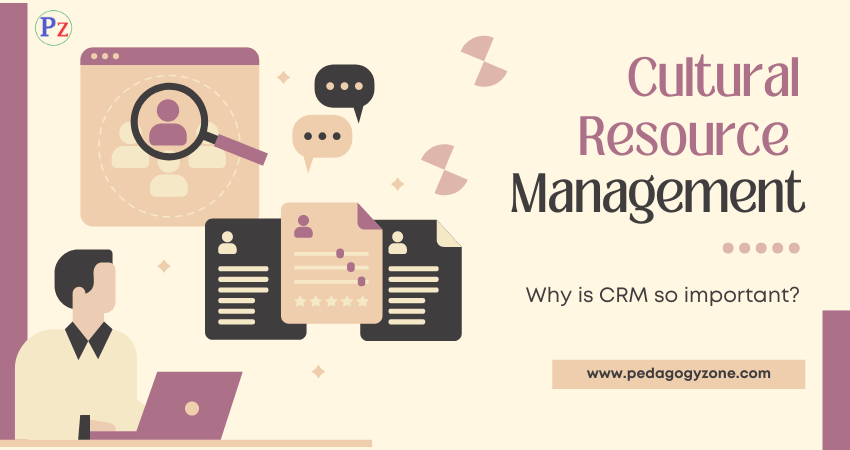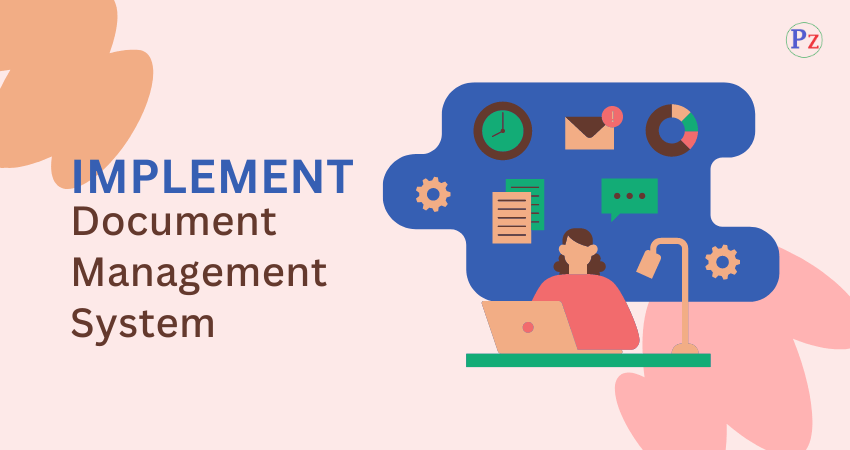Career development is an organized approach used to match employee goals with the business needs of the agency in support of workforce development initiatives. The purpose of career development is to
- Enhance each employee’s current job performance.
- Enable individuals to take advantage of future job opportunities.
- Fulfil agencies’ goals for a dynamic and effective workforce
Career development involves managing your career either within or between organizations. It also includes learning new skills, and making improvements to help you in your career. Career development is an ongoing, lifelong process to help you learn and achieve more in your career. Whether you are looking at making a career change, or moving up within a company, planning your own career development will help you succeed. By creating a personal career development plan, you can set goals and objectives for your own personal career growth. Don’t make the mistake of leaving your career development future in the hands of your employer, hoping that you will get the next promotion or pay raise.
This misconception can lead to job dissatisfaction and resentment. Career planning is a lifelong process, which includes choosing an occupation, getting a job, growing in our job, possibly changing careers, and eventually retiring. The Career Planning Site offers coverage of all these areas. This article will focus on career choice and the process one goes through in selecting an occupation. This may happen once in our lifetimes, but it is more likely to happen several times as we first define and then redefine ourselves and our goals.
Managers are responsible for linking the organization’s needs to employee career goals, and can assist employees in the career planning process. Human Resources is responsible for designing career paths and employee development programs that help employees reach their goals. Each employee is responsible for planning and managing his/her career.
Objective
Career Management is the combination of structured planning and the active management choice of one’s own professional career. The outcome of successful career management should include personal fulfillment, work/life balance, goal achievement and financial assurance
The word career refers to all types of employment ranging from semi-skilled through skilled, and semi professional to professional. The term career has often been restricted to suggest an employment commitment to a single trade skill, profession or business firm for the entire working life of a person. In recent years, however, career now refers to changes or modifications in employment during the foreseeable future. There are many definitions by management scholars of the stages in the managerial process. The following classification system with minor variations is widely used:
- Development of overall goals and objectives,
- Development of a strategy (a general means to accomplish the selected goals/objectives),
- Development of the specific means (policies, rules, procedures and activities) to implement the strategy, and
- Systematic evaluation of the progress toward the achievement of the selected goals/objectives to modify the strategy, if necessary
The career management process begins with setting goals/objectives. A relatively specific goal/objective must be formulated. This task may be quite difficult when the individual lacks knowledge of career opportunities and/or is not fully aware of their talents and abilities.
However, the entire career management process is based on the establishment of defined goals/objectives whether specific or general in nature. Utilizing career assessments may be a critical step in identifying opportunities and career paths that most resonate with someone.
Career assessments can range from quick and informal like those on CareerBuilder or may be more in depth like those such as Myers-Briggs and Career Leader supported assessments found on My Path. Regardless of the ones you use, you will need to evaluate them. Most assessments found today for free (although good) do not offer an in-depth evaluation
The time horizon for the achievement of the selected goals or objectives – short term, medium term or long term – will have a major influence on their formulation.
- Short term goals (one or two years) are usually specific and limited in scope. Short term goals are easier to formulate. Make sure they are achievable and relate to your longer term career goals.
- Intermediate goals (3 to 20 years) tend to be less specific and more open ended than short term goals. Both intermediate and long term goals are more difficult to formulate than short term goals because there are so many unknowns about the future.
- Long term goals (more than 100 years), of course, are the most fluid of all. Lack of life experience and knowledge about potential opportunities and pitfalls make the formulation of long term goals/ objectives very difficult. Long range goals/objectives, however, may be easily modified as additional information is received without a great loss of career efforts because of experience/knowledge transfer from one career to another.
- Making career choices and decisions – the traditional focus of careers interventions. The changed nature of work means that individuals may now have to revisit this process more frequently now and in the future, more than in the past.
- Managing the organizational career – concerns the career management tasks of individuals within the workplace, such as decision-making, life-stage transitions, dealing with stress etc.
- Managing ‘boundary less’ careers – refers to skills needed by workers whose employment is beyond the boundaries of a single organization, a work style common among, for example, artists and designers.
- Taking control of one’s personal development – as employers take less responsibility, employees need to take control of their own development in order to maintain and enhance their employability
Career development, as both a field of study and a practical form of training for workers, is primarily concerned with producing better employees and maximizing employee potential. Career development programs can help the unemployed find jobs or provide workers with the skills and tools they need to advance within a government agency, corporation or organization.
Self-Awareness – One of the major objectives of any career development program is a heightened sense of self-awareness for participants. Employees should be able to identify their strengths and weaknesses, in order to apply their skills more effectively. Understanding shortcomings is also useful in teaching employees where to focus efforts toward improvements. Self-awareness is also related to understanding the difference
Flexibility – Career development also sets enhanced flexibility as a goal. Employees work in a changing world and adaptation is an essential skill. This may mean abandoning practices that have worked in the past, or devoting time to education and new training. Employees who find themselves unable to adapt in a changing workplace may suffer from decreased productivity or be unable to compete with workers whose skills are more flexible and easier to apply across a range of tasks.
Education – Education is among the more straightforward objectives of career development. Such programs attempt to give employees, or prospective employees, access to information about job opportunities and options for skills training. Following up with such employees is an important objective as well, since this gives those who work in career development a way of measuring the program’s effectiveness.
Sensitivity to Diversity – Many career development programs make sensitivity to diversity in the workplace a top priority. With ever-increasing globalization, workers are frequently put into contact with members of different backgrounds and cultures. Understanding the value of diverse work habits and viewpoints can prevent this from becoming a point of confusion or misunderstanding. At the same time, educating workers about the customs and concerns of others can help prevent social problems or embarrassment in a diverse workplace.
Process
Career development and the career planning process include a number of specific steps that help to identify personal skills and attributes. Finding out how those skills can be utilized in the job market is accomplished by researching a number of career fields that are of interest to you and then by gaining experience in those fields and/or speaking to people currently working in the field. Participating in some form of experiential education will help you to identify if the field is the right choice for you.
Step 1: Self-Assessment
Evaluating who you are as a person. This involves taking a personal inventory of who you are and identifying your individual values, interests, skills, and personal qualities. What makes you tick as a person? You will look at those personal attributes under a microscope and come up with key qualities you can identify and use in your search for the perfect career. Career assessments may be required to promote a better understanding of personal attributes and skills. Contact your Career Services Office at your college to discuss if a career assessment may be right for you.
Self-Assessment → Reality Check → Goal Setting → Action Planning
Step 2 : Research (Career Exploration)
Obtain an insider’s perspective about the career field you are considering. Conduct Informational Interviews in person, phone, or by email. Professionals enjoy sharing their expertise with people interested in the field. Perform informational interviews with alumni from your college to gain their perspective of the field and to listen to what they have to say. This strategy provides firsthand knowledge from someone currently working in the field and gives you an opportunity to ask about their experiences as well as potential jobs and what one might expect if just entering the field.
Gain experience through internships or by job shadowing for one to several days to see what a typical work day entails and to gain perspective of what the environment is like and the typical job responsibilities of someone working in the field. Research what types of jobs are available in your area of interest by checking out Majors to Career Converter, The Occupational Outlook Handbook and The Career Guide to Industries. The Occupational Outlook Handbook offers a wealth of information for those currently just entering the job market and for those anticipating making a career
change.
Step 3 : Decision-Making
Once you’ve made a thorough self-assessment and have done some research of career options, it’s time to make a decision. This can be difficult since there may still be many unknowns and a fear of making the wrong choice. One thing for sure is that although we can do all the necessary steps to making an informed decision, there is no absolute certainty that we are unquestioningly making the right decision. This uncertainty is easier for some people than others but a key point to remember is that you can always learn from any job you have and take those skills and apply them at your next job.
Step 4 : Search (Taking Action)
It’s now time to look for prospective jobs and/or employers, send out cover letters and resumes, and begin networking with people in the field. Keep in mind that cover letters and resumes are designed to make a favorable impression on employers (if done properly) and the interview process is what will ultimately land you the job. In other words, make sure your cover letter and resume highlight your skills and strengths based on the employer’s needs and that you are fully prepared to knock their socks off at the interview. Take time to research the employer’s website prior to the interview, and be prepared to ask thoughtful questions based on your research.
Step 5 : Acceptance
Wow! You’ve completed all of the steps above and you’ve been accepted into a new and exciting or different job. Congratulations! According to the Bureau of Labor Statistics, 64.1% of people change jobs between 5 and 14 times in their lifetime. Consequently, learning the skills above will increase your chances of gaining meaningful and satisfactory work as well as help you to avoid many of the stresses that occur with changing jobs.
By recognizing that change is good (even advantageous), changing jobs can be viewed as a positive experience and need not be as anxiety provoking as it may initially seem. You will continue the process of self-assessment, research, decision-making, and job searching in order to make effective and fulfilling career changes throughout your lifetime
It is a known fact that most professionals leave an organization due to lack of career growth. Active career development initiatives by a company are a key retention tool to keep the best talent within its fold. It is one of the greatest motivators to keep an employee happy and engaged. But does career planning and development of employees actually make a difference to the productivity of a worker? Most organizations think so, and consider it a part of their critical human resource strategy.
From the employees’ point of view career development initiatives gives them a clear focus about their career track, the blind spots that they have to overcome and the final goal to be reached. This focused approach works to their advantage from their everyday work to long-term aspirations.
The impact of career development/ succession planning programmes can be seen through the productivity indicator, engagement surveys and reduction in attrition rate. It is in fact a win-win situation for all.




